16 Things to Know Before Visiting The Turks & Caicos
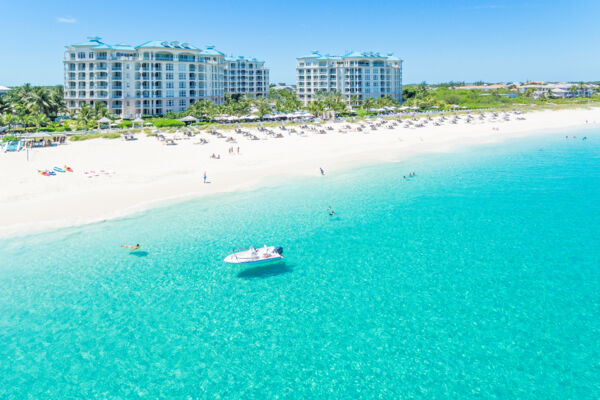
The Turks and Caicos is an incredible destination and one of the leading tropical vacation spots. This archipelago offers brilliant turquoise ocean water, a pristine marine environment, and Grace Bay Beach, which travelers have voted the best beach in the world.
Here's a list of useful things visitors to the Turks and Caicos should know before they arrive. For more travel tips and information, see Turks and Caicos Travel FAQs and Interesting Facts.
English is the Official Language and the US Dollar is the Currency
While the Turks and Caicos is a British Overseas Territory, it's a very convenient place for American visitors. English is the official language, the US Dollar is the only accepted currency, and the country uses US-style electrical plugs and voltages.
One of the greatest quirks American guests will notice here is that traffic drives on the left. See Driving in the Turks and Caicos.
If Possible, Don’t Travel on the Weekend
Nearly all international flights to the Turks and Caicos arrive at the Providenciales International Airport (PLS). The airport is too small and is understaffed for the number of flights that arrive on the weekends and at other peak times, and the queues at such times are typically stifling. Weekdays usually see fewer flights, and consequently, the airport is less crowded.
Fast Track concierge service, which allows passengers to access priority immigration and customs processing, can alleviate waits. However, queues can still be longer than optimal even with the service during peak transit times.
There Are Several Great Islands in the Turks and Caicos
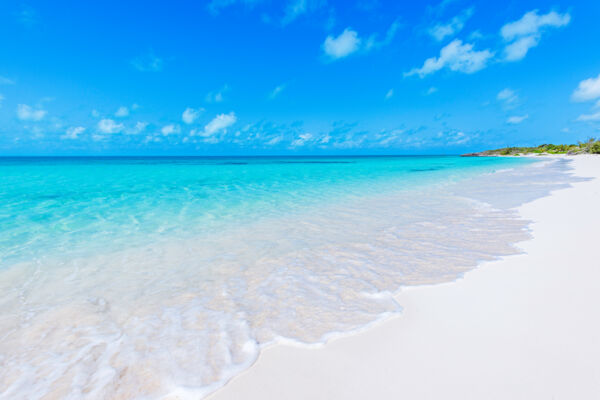
Grace Bay Beach and the island of Providenciales welcomes by far the majority of guests visiting the islands and has the greatest global recognition, yet the country's less-populated islands also hide some incredible beaches and attractions.
North Caicos and Middle Caicos are connected by a road causeway and feature deserted beaches, natural sights, and Conch Bar Caves, one of the largest dry cave systems in the Caribbean. These two garden islands are a favorite destination for a day trip from Providenciales.
Grand Turk is home to the capital city of Cockburn Town and was also once the center of activity in the Turks and Caicos. Today, the island offers some great beaches and fascinating historical sights. The country’s only cruise ship port is located on Grand Turk.
The quiet islands of Salt Cay and South Caicos are perfect for travelers looking for a laid-back and authentic experience. These two islands were once major sea salt producers, yet now only support limited boutique tourism and small-scale commercial fishing.
We even have several private island destinations, which have their own exclusive hotels.
All of the Beaches in the Turks and Caicos are Free to Access
There are no private beaches in the Turks and Caicos. All of the beaches in the Turks and Caicos are free to access, up to the high tide point. This doesn’t guarantee access or parking on private land, yet you never have to pay to enjoy the sand, clear water, and sun.
Concierges and Taxis Often Get Commissions on Referrals
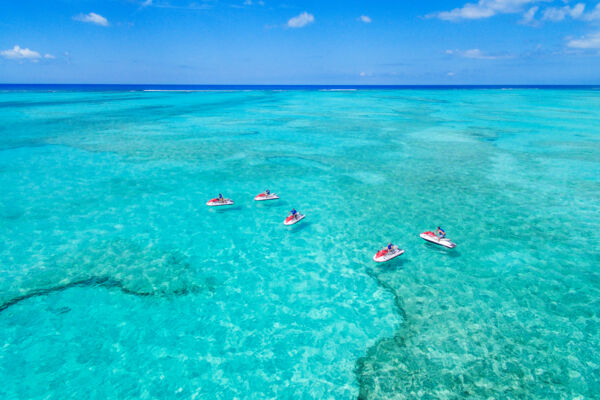
Resort concierges and taxi drivers often get commissions on the business they refer to water sports operators and restaurants, which can be significant.
In most cases the recommended business is excellent and a great choice, but it’s best to be aware of the situation.
Taxis are Expensive
Taxis can be expensive, and are a bit higher than what’s common in the USA. Rates are also typically per person rather than per trip. This can add up quickly, so we advise that most guests rent a car for their stay. Rental cars start at around $40 per day and make it easy to get to the best beaches, best sights, and best restaurants.
There’s no public transport in the Turks and Caicos.
Except at the Providenciales International Airport and Walkin Marina, parking is usually free and generally available throughout the Turks and Caicos.
There’s a Season for Conch, Lobster, and Nassau Grouper
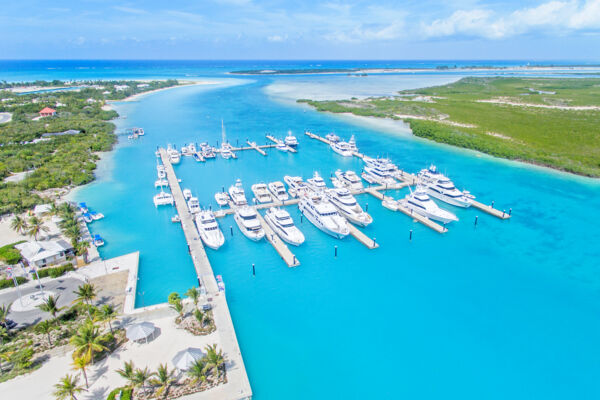
Two popular and locally caught seafood, the Caribbean spiny lobster and Nassau grouper, have seasons when they can be fished in the Turks and Caicos.
Outside of the open seasons, restaurants are not able to serve dishes made from fresh lobster or Nassau grouper.
The conch season (for export) is open from mid-October to mid-July, the lobster season is open from mid-August to April, and the Nassau grouper season is typically open from March to November.
It’s OK to Bring in Food
There’s no way around it. The Turks and Caicos is an expensive destination. We don’t produce much food here, we don’t have any significant freshwater sources (our water is created by reverse osmosis), nearly all of our electricity is produced by diesel generators, and there’s no deep water port for efficient cargo importation, all of which results in high prices.
A good way to save on vacation expenses is to check in some food and snacks when you fly down. See Importing Food.
The Turks and Caicos Has Excellent Weather Year-Round
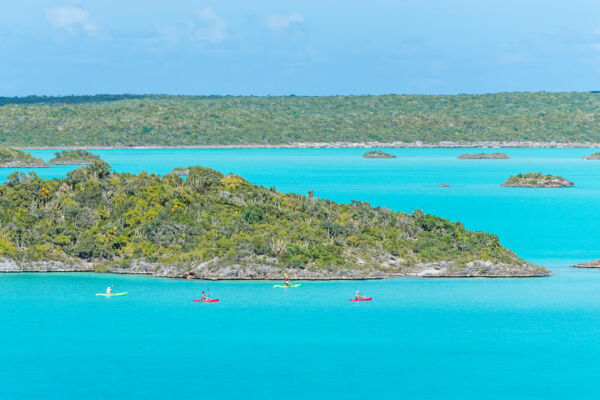
Many amazing tourism destinations around the world have certain time windows when it’s best to visit. The Turks and Caicos, however, is great throughout the year.
The average ambient temperature ranges from 75° F to 95° (24° C to 35° C), yet is usually around 85° (29° C). Water temperature is a little more consistent, with a low of 75° (24° C) in winter to 85° (29° C) in early autumn.
We do definitely have peak tourism seasons, which are the December-January holidays and the March-April Easter and spring break times. Prices are consequently highest at these times, and availability for popular accommodations and activities can be limited.
September and October are the only months that you may want to avoid as they are the height of the Atlantic Hurricane Season. Chances are very low that a storm will hit and the ocean is usually the calmest at this time of year, but it can be very inconvenient to change travel plans for a major storm. In any case, the very calm summer days can simply be breathtaking, as the ocean water color and clarity at times is unparalleled.
Grocery and Liquor Stores Can’t Sell Alcohol on Sunday
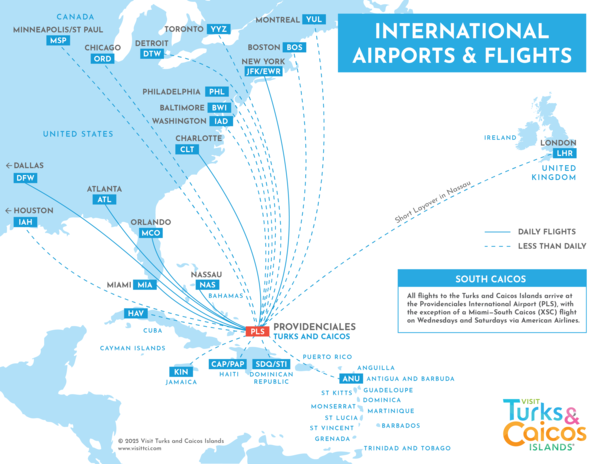
Many of the larger grocery stores and supermarkets offer a selection of beer, wine, and spirits, however, the sale of alcohol in shops is prohibited on Sunday and on Easter Friday.
Restaurants and bars may still serve drinks on Sunday. The minimum drinking age in the Turks and Caicos is 18. As a note, however, small convenience stores often ignore this rule (large supermarkets enforce it).
It’s Easy to Fly to the Turks and Caicos from Most of the USA
There are direct flights to the Turks and Caicos from several major US airports and cities, including Miami, New York, Dallas, Atlanta, Charlotte, Chicago, Boston, and Philadelphia.
There are also direct flights from Canada, including from Toronto and Montreal.
US, UK, and Canadian Passport Holders Do Not Need a Visa
Passport holders and also legal residents of the United States, United Kingdom, and Canada do not need a visa to enter the Turks and Caicos. For other nationalities, see Passports and Visas.
Likewise, other nationalities who hold a current and valid tourist visa for the United States, United Kingdom, or Canada also do not need a visa to visit the Turks and Caicos.
Most Scheduled International Flights to the Turks and Caicos Land at Providenciales
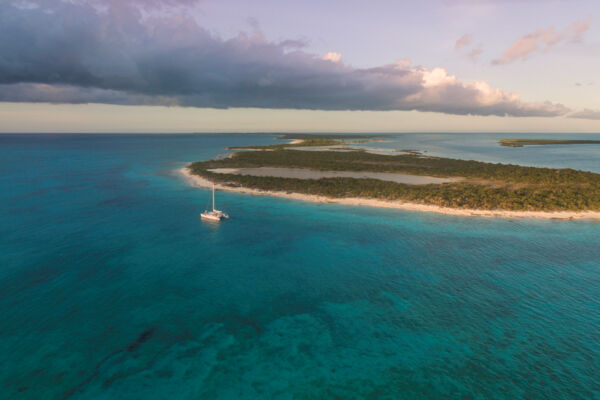
All scheduled international flights that land in the Turks and Caicos arrive at the Providenciales International Airport (PLS), except for a twice-weekly Miami—South Caicos (XSC) flight via American Airlines.
Providenciales is the destination for most guests in the country, yet some of our smaller islands welcome overnight visitors too.
In most cases, the accommodations on our smaller islands will clarify the transport situation before booking, but it may be overlooked at times or when reservations are made online.
Domestic flights and small passenger ferries provide transport between our islands, but it’s important to be aware of vessel schedules. Sometimes a convenient and timely connection from Providenciales to one of our smaller islands cannot be made in conjunction with an international flight, so it may be necessary to stay on Providenciales for a night.
What to Pack
Bring fewer clothes, more sunscreen (reef safe please!), a collapsible cooler, a backup pair of polarized sunglasses, insect repellent, and more cash. See What to Bring to the Turks and Caicos. See Importing Food for details on what you may bring.
Don’t Get Too Concerned About the Weather Forecast
Don’t make the mistake of closely following the weather forecast for your upcoming trip, and becoming dismayed when there’s a prediction for rain and clouds.
The weather experienced is often better than what was forecast, and bad conditions tend to pass quickly. The Turks and Caicos simply doesn’t get much rain, which is bad for farming yet great for beach goers.
Spectacular beaches surround Providenciales and if a day is particularly windy, the sheltered side of the island will usually have a calm and inviting coast. In typical winds, sheltered coasts include Sapodilla Bay, Taylor Bay, and the Bight Beach.
The Turks and Caicos experiences cloudy and overcast periods for a few days several times per year, yet these conditions are the exception rather than the norm.
Don’t worry about the weather unless a hurricane is scheduled to strike!



